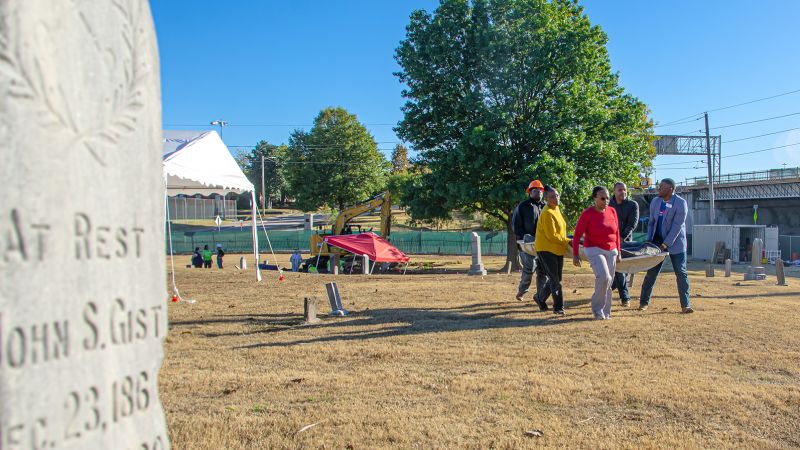The Morphologically Endangered Missing Occasion of Four Brothers in Okmulgee, Oklahoma, on Oct. 9, 2009
The mysterious disappearance of four friends in Oklahoma took a grim turn on Monday after the police confirmed that their remains had been found in a river after they had been fatally shot and then dismembered.
At a news conference on Monday, Okmulgee’s police chief said the remains had been identified as those of Mark, Billy, Mike, and Alex Stevens. The chief said the Chastains were brothers.
Chief Prentice said that investigators believed the men had planned to “commit some type of criminal act” after they left Billy Chastain’s home on Okmulgee’s west side around 8 p.m. on Oct. 9. All four were reportedly riding bicycles, the police said.
The chief said that the plan to engage in criminal activity was based on information from a witness who had been invited to join the men.
The remains of at least two people were discovered at the Oaklawn Cemetery this year, while crews worked to find more victims.
Descendants of the Tulsa Race Massacre and leaders in Tulsa’s African American community are serving as part of a public oversight committee set up to serve in an advisory capacity during the investigation.
The Tulsa Black Mass Graves Relics Investigated by the Oklahoma Department of Archaeology and the Public Oversight Committee
Archeologist Kary Stackelbeck of the state of Oklahoma said that scientists at the site will begin excavating by hand, using tools known as fine grain to clean caskets. That will help researchers analyze the construction style and hardware of the caskets in order to determine when they were interred.
“We’re trying to do every step of this process as respectfully as possible,” Stackelbeck said. “And so we’re also anticipating having members of the Public Oversight Committee who are going to help us with the process of transporting remains from the excavation area to the forensics lab.”
The Public Oversight Committee includes decedents and Black leaders in the Tulsa community who advise the city during its investigation, according to the city website.
The investigation is working with experts to identify those who died in the massacre, as well as collecting additional oral histories and historical documents.
The attack and the days of martial law killed many Black people, according to some historians. Nearly all are believed to have been buried in a series of mass graves approved by the white authorities of the time. Under the temporary restrictions, Black family members were kept away from their dead parents, sons and daughters as they were held under armed guard.
Historic accounts trace the spark of the riot to an incident between a young black man and a white woman in a downtown elevator. The man who worked as a shoe shiner and was in the elevator on his way to the restroom offended the woman who worked as an elevator operator.
Anomalies in a search for potential victims from the Oaklawn Cemetery massacre in Newblock Park, NJ, and Rolling Oaks Memorial Gardens
She noted that the process of discriminating which ones we’re going to exhume and which ones we’re actually going to leave in place is going to take place.
“But testing on some did not yield a very good result,” Stackelbeck said in an update last week. Now, she explained, teams are going back to those same bodies to “obtain some additional samples and hopefully get some better results.”
This is the second gunshot victim found in the search for potential victims from the massacre, according to the release. The first gunshot victim was found during last year’s excavation.
Oaklawn Cemetery is one of four sites identified for the investigation. Others include Newblock Park, another area near Newblock Park and Rolling Oaks Memorial Gardens, according to the city website.
Ground penetrating radar was used to find evidence of anomalies at two areas of Oaklawn Cemetery, including the Original 18 site, officials said.
